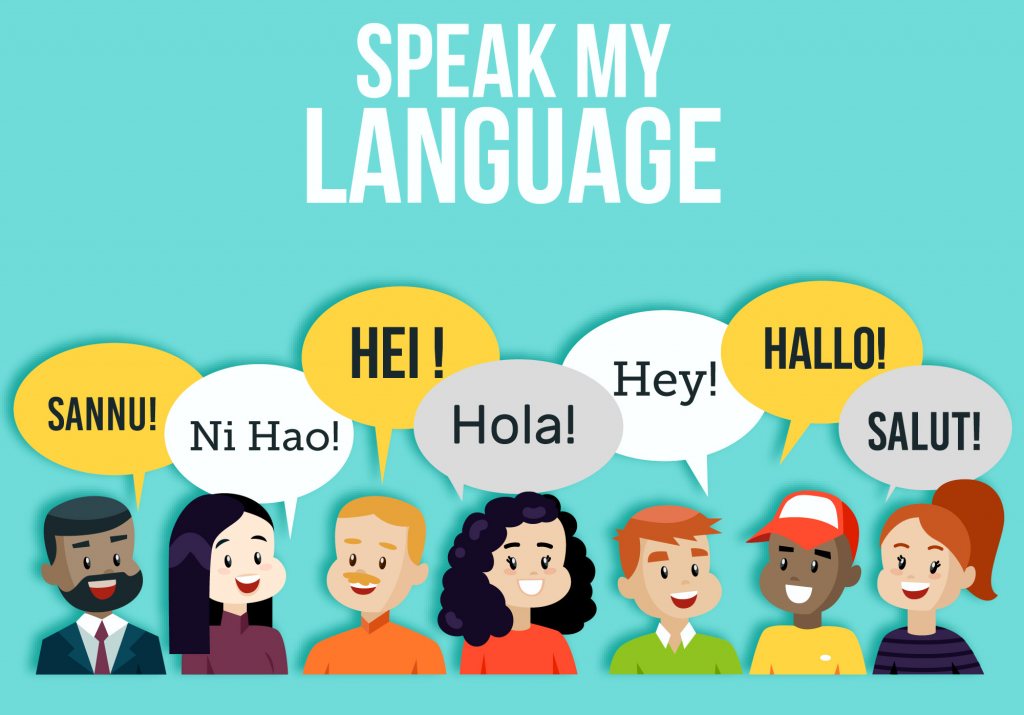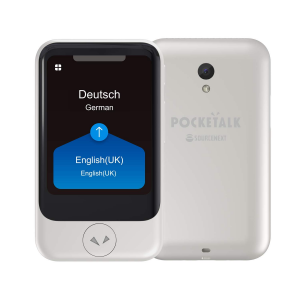
A year ago, my dad’s birthmark was getting bigger. He doesn’t like to go to the general practitioner for a condition that might be unnecessary, but my family and I insisted that he do so. Fortunately, everything turned out well, but the GP advised my dad to periodically get a checkup. He referred my father to download the user-friendly app SkinVision. For every minor irregularity, my dad utilizes the easy-to-use application.
SkinVision provides a global service that enables people from all over the world to check their skin for anomalies that can indicate different types of skin cancer. The technology used in the AI skin cancer detection has been scientifically validated (SkinVision, 2020). The only requirement is to upload a clearly visible picture of the skin. This significantly reduced the burden of the effort to do minor checks for my dad.
Further research gave me insights about the present state of technological developments regarding medical AI adoption in healthcare. The implementation of AI could save a lot of lives. Every year, 400,000 hospitalized patients experience avoidable damage, and 100,000 of them pass away. However, most of the current AI-powered applications are based on speeding up drug discovery, making diagnoses of diseases, or contacting a support team during severe situations like strokes (Daley, 2022).
This got me wondering what extensions of AI can significantly improve healthcare. Keeping in mind my father’s situation, I thought that it can be challenging to figure out what to do in circumstances where initiating an emergency call is not fundamental at first sight.
There is a lot of potential for non-emergency accident assistance provided by AI tools. The way people react to minor incidents could be entirely shifted by generative AI. These AI solutions could offer rapid and customized assistance, including recommendations on wound care, injury assessment, and whether a visit to a healthcare provider is needed. People could create a user profile, including all of their personal information and medical history. This way, the diagnosis would be more precise. Also, introducing small wearable technologies could improve the experience even more by enabling real-time visual recognition and increasing accessibility.
What more AI developments do you think would increase opportunities for healthcare globally?
References:
Daley, S. (2022). Artificial intelligence in Healthcare: 39 Examples Improving the future of medicine. Built In. https://builtin.com/artificial-intelligence/artificial-intelligence-healthcare
SkinVision. (2020, March 9). Huidkanker app kan belangrijke bijdrage leveren. SkinVision. Retrieved October 22, 2023, from https://www.skinvision.com/nl/geen-categorie/huidkanker-app-kan-belangrijke-bijdrage-leveren-aan-lagere-zorgdruk-en-kosten/


